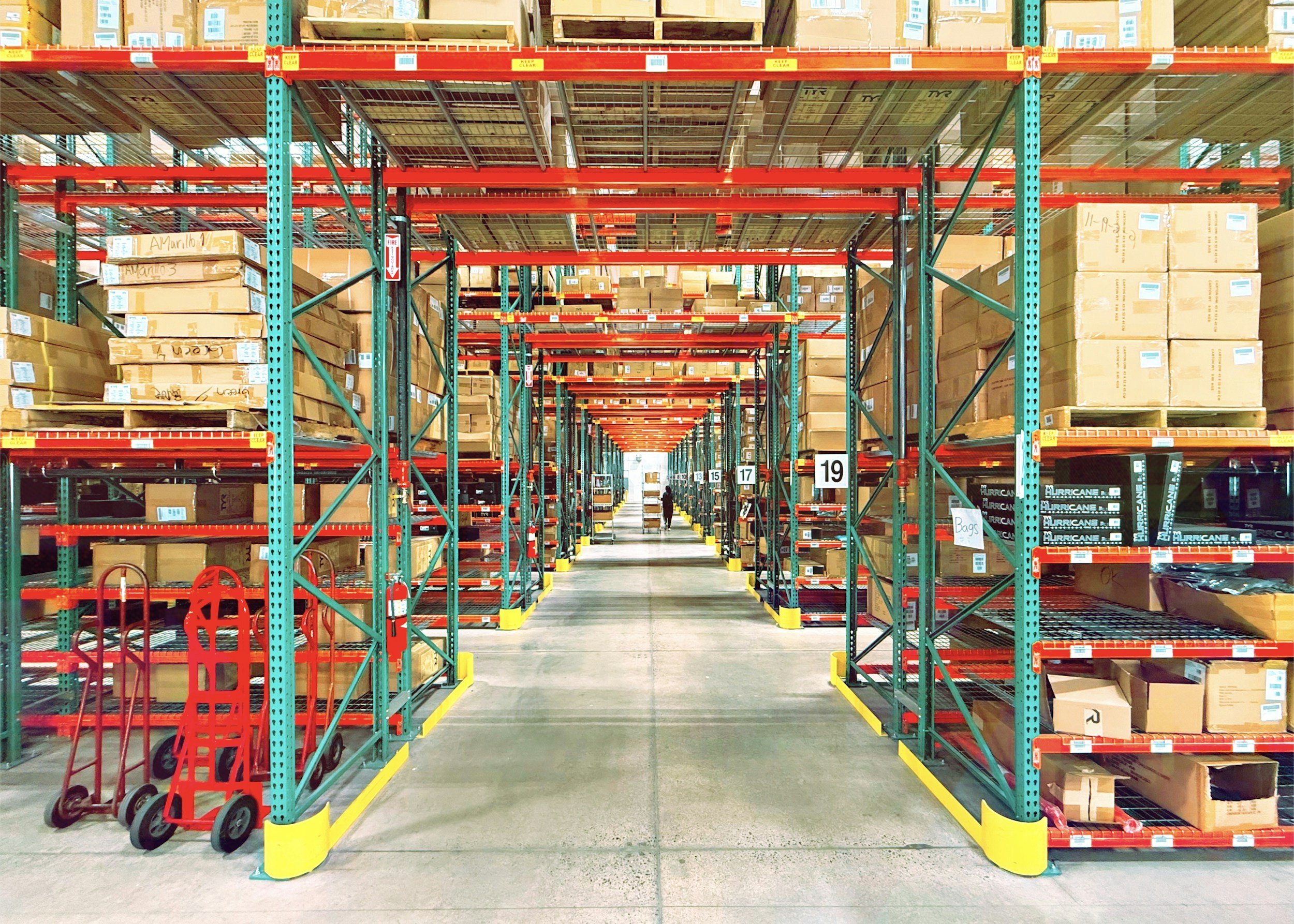The Missing Ingredient:
Why Your Multi-Million Dollar Infrastructure Inventory Fails the Thanksgiving
Every facility manager and construction executive knows the panic of the Thanksgiving host: you have 50 ingredients, 20 guests, and a single critical item (like the turkey thermometer or a specific cable spool) is missing. In business, this "missing ingredient" isn't a ruined dinner; it's a multi-million dollar project delay due to untraceable assets in a vast laydown yard or warehouse.
This holiday logistics analogy highlights a serious issue for inventory accountability and visibility. If high-value materials (pipe, fiber, valves) don't have a permanent, GIS-linked digital identity, they are essentially lost the moment they leave the shipping dock.
Fortunately, a simple technology that integrates with GIS addresses that issue. InfraMarker RFID ensures every asset is verified, tracked, and ready at the precise moment it’s needed, protecting project timelines and budget ROI.
Why RFID is important
RFID can prevent inventory shrinkage.
According to Accounting Adventures, inventory shrinkage in the US cost businesses approximately $112.1 billion in 2022. This figure represents a significant financial impact on retailers and logistics providers, highlighting the importance of effective inventory management to mitigate these losses.
In construction, logistics and retail, shrinkage can occur due to theft, damage, and errors in inventory management. This can disrupt supply chains and affect inventory turnover, leading to significant financial losses and operational inefficiencies. To mitigate these costs, businesses should implement strict inventory controls, including the use of RFID that delivers real-time tracking and integrates with existing business systems.
Tagging valuable inventory with RFID tags gives businesses the power to track any item in real time, verifying each assets’ physical location as it moves throughout the warehouse and to its final destination. How RFID works.Traditional barcoding and spreadsheets are insufficient for real-time visibility.
For asset-intensive industries, every second spent scanning, logging, or correcting errors affects uptime, efficiency, and decision-making.
Spreadsheets:
Error-Prone Data Entry: Manual updates can introduce inaccuracies, leading to stockouts or overstocking.
Lack of Real-Time Data: Spreadsheets typically do not update automatically, causing discrepancies and delayed decision-making.
Limited Scalability: As inventory volumes grow, spreadsheets become cumbersome and slow.
Poor Collaboration: Multiple users editing files simultaneously can cause conflicts and confusion.
Insufficient Analytics: Spreadsheets lack advanced analytical tools to forecast trends or perform predictive analysis efficiently.
Barcodes:
Line-of-Sight Dependency Slows Operations: Barcodes must be visible and individually scanned. That means every box, asset, or piece of equipment must be manually aligned and read. In fast-moving environments, this costs time.
Single-Item Scans Add Labor: Barcodes operate one at a time. Scanning dozens or hundreds of items becomes a repetitive, time-intensive task.
Limited Data and High Error Rates: Barcodes store static information. Any updates require generating and printing a new label. And if a barcode is smudged, torn, or misaligned, it may not scan at all.
No Real-Time Location or Status Visibility: Barcoding tells you what was scanned but not where it is now. That gap forces teams to rely on manual logs and assumptions.
Only RFID delivers speed, accuracy and integration:
RFID integrates with a range of enterprise platforms.
For example, InfraMarker RFID is integrated with Esri’s ArcGIS data collection apps – providing a real-time view into asset location, as well as instant access to each asset’s history. RFID tags can carry more complex asset data, support real-time status changes, and offer better reliability in harsh environments. This is especially useful in maintenance workflows, where accuracy and speed directly impact downtime and compliance.RFID Gives You More Than Just a Faster Scan
Switching from barcodes to RFID is not about scanning differently. It is about managing assets intelligently without adding more effort. For companies handling assets across multiple sites, RFID unlocks speed, accuracy, and control that older systems simply cannot match.RFID is the difference between knowing where inventory was to knowing exactly where it is (using GIS location).
More and more companies are using location-based platforms such as GIS to help them manage their business – including their physical assets. GIS and RFID deliver real-time, verified data that streamline repair and maintenance.RFID provides auditable data. Each item has a full history that can be accessed through the enterprise platform, simplifying year-end audits, reporting and budget reconciliation.
Having RFID to track all your Thanksgiving ingredients, appliances and tools would help ensure the success of even the most complicated feast. Using RFID to track your inventory and assets will help ensure the success of your operation. Contact us to learn more.




